 Common Potoo (Nyctibius griseus)
Common Potoo (Nyctibius griseus)
 Common Potoo (Nyctibius griseus)
Common Potoo (Nyctibius griseus) |
 |
| Pictures (click on them to enlarge) | ||
|---|---|---|
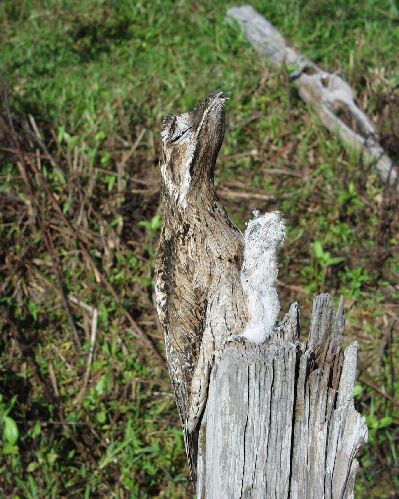 © Foek Chin Joe | 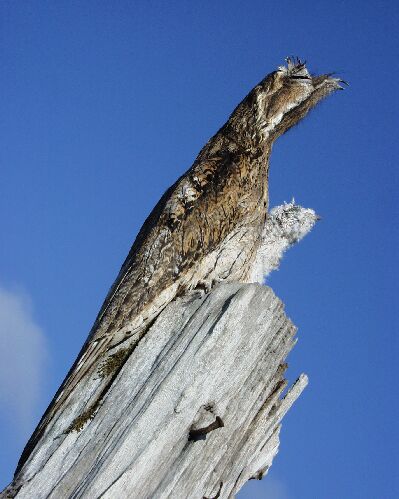 © Foek Chin Joe |  © Foek Chin Joe |
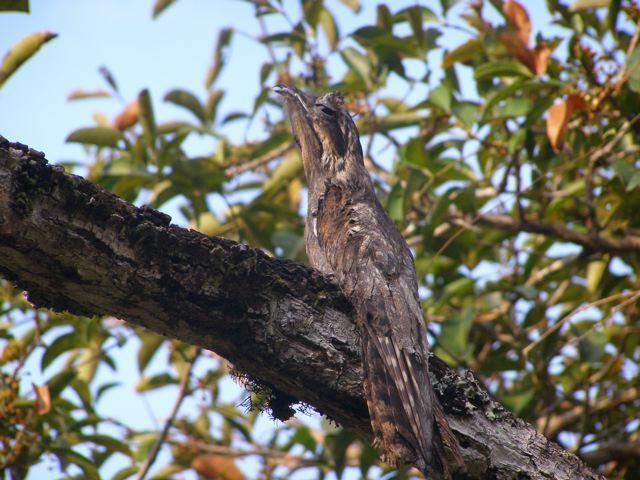 © Edo Goverse | 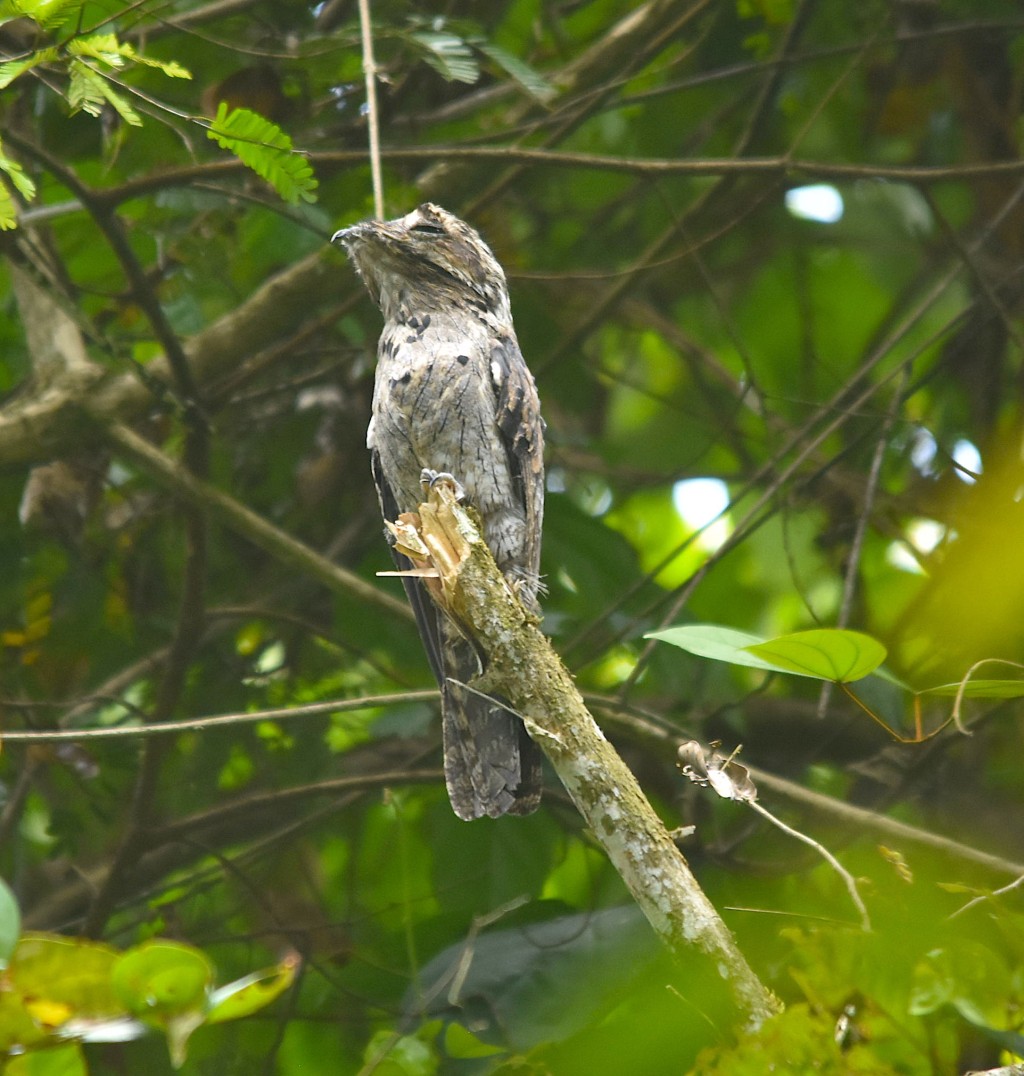 © Armida Madngisa nature guide | 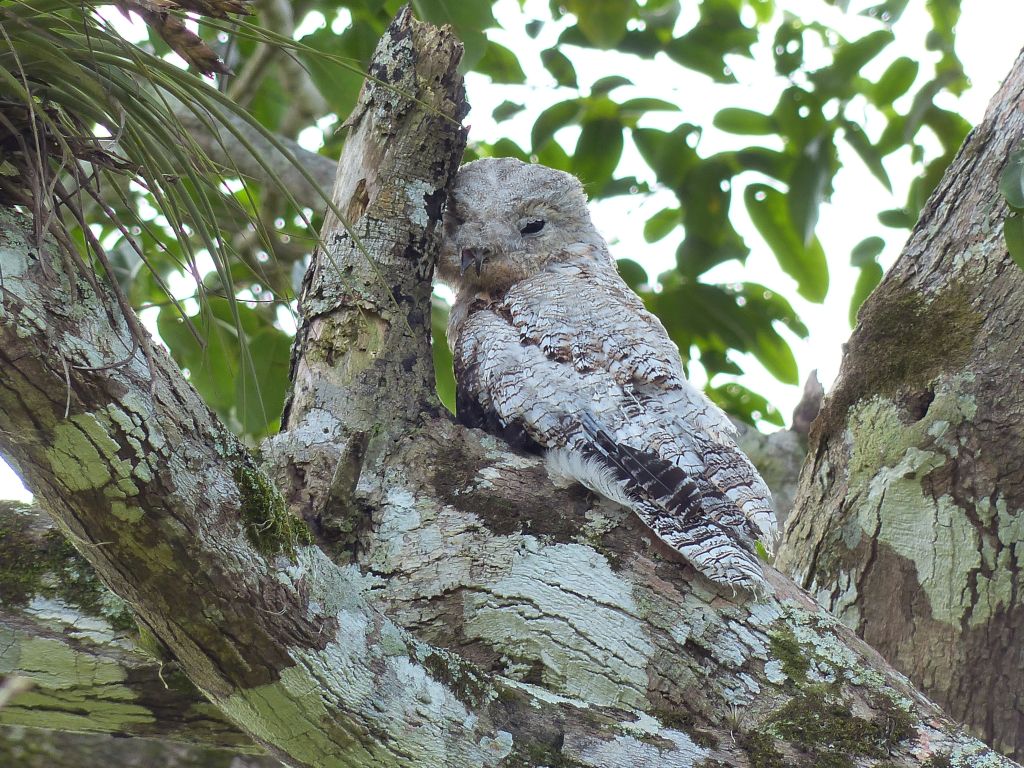 © Ton Plug |
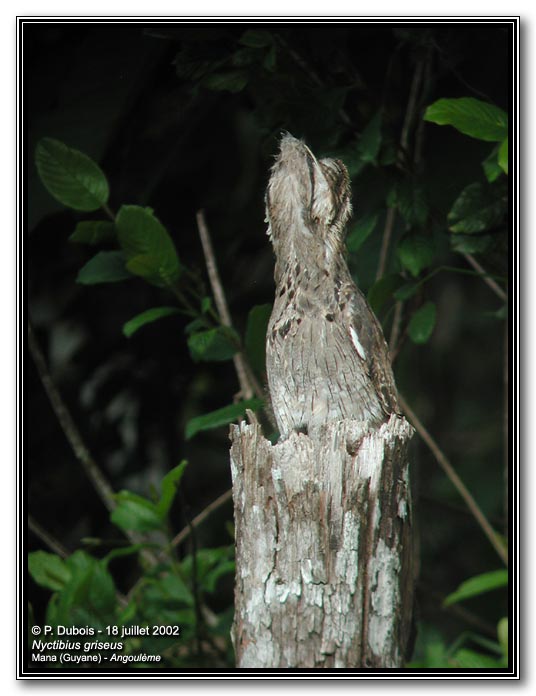 French Guiana © Pascal Dubois | 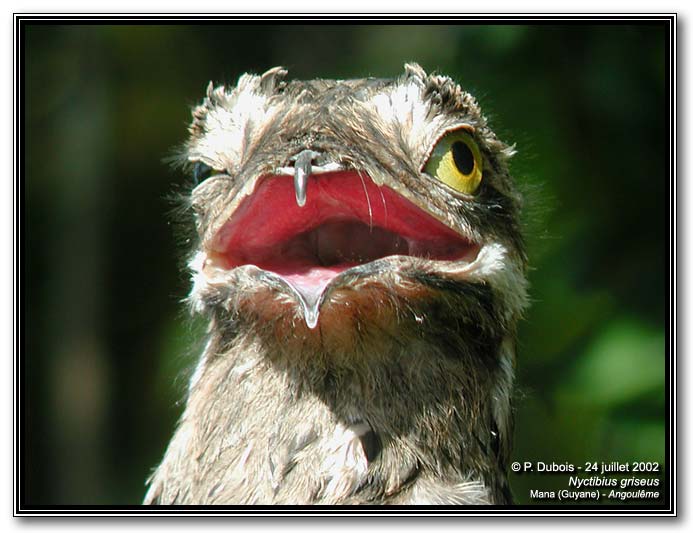 French Guiana © Pascal Dubois |
| Common Potoo: A well camouflaged big bird that in daytime rests upright in trees. At dusk it will catch insects, flying from its perch and return. It is smaller and darker than the Great Potoo. InSeptember 2002 Foek Chin Joe discovered a nest with adult and young on a stump of a tree at the Vankweg near Groningen in Sarmacca. On such a place the bird is easily overlooked by predators and birders. Edo Goverse saw a bird between Patamacca and Moengo in August 2008. In French Guyana Pascal Dubouis photographed a Common Potoo near Mana in July 2002. |
| Birdsounds (click on them to listen) | ||
|---|---|---|
| Sound recording of a Common Potoo © Alexandre Renaudier |
|
|
||||||||||||||||||||||||||||||||||||||||||||
| Observations through the year | Observations of breeding through the year |
|---|---|
| The 131 reported observations of this bird in Suriname, mainly for the last 50 years up to 2018, have been grouped by month. More birds on one day are counted as one observation. Of course, if the graph should depict the total number of birds seen, the differences between the months could be much more pronounced. | The 2 reported breeding observations of this bird in Suriname. Most observations are about nest with eggs, some about fledglings, or feeding at a nest or the building of a nest. Of the about 5000 nests and eggs found for all species together, about 1/3 comes from the egg collection of Penard between 1896 and 1905. For some reason most collecting then was done in the first half of each year, so the shown distribution does not necessarily reflect the actual breeding preferences. The main dry season in Suriname is reckoned to be from half August to the end of November, the main wet season from half April to half August, but the the timing of begin and end does vary from year to year. Around March a second dry season often occurs. |